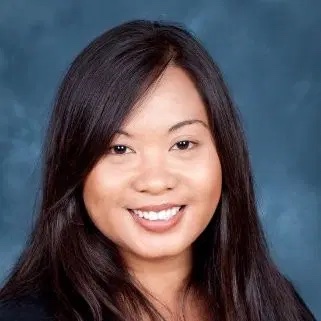June 02, 2025
Key Takeaways:
- Inclusive market research leads to richer insights by capturing a broader spectrum of customer experiences.
- Narrow or homogenous research samples can result in costly missteps and missed opportunities.
- Representation across age, lifestyle, geography and values helps brands design more relevant products and services.
- Companies like Evolus and Hilton have successfully used inclusive research to refine strategies and expand reach.
Today’s consumers won’t wait for you to catch up. They demand to be heard, seen and understood — not as data points, but as individuals. Preferences change quickly. Values evolve. And if your brand isn’t keeping up, it’s falling behind.
Inclusion in Market Research Matters
When research samples reflect only a slice of the population, the results skew — and decisions made from incomplete data often miss the mark. We’ve seen it happen.
Dove faced backlash after a campaign meant to champion real beauty was interpreted as racially insensitive. Walmart’s missteps in Germany could have been avoided had the brand taken the time to understand the cultural norms that defined the local shopping experience.
The luxury car industry has traditionally been male-dominated, particularly in sales environments. Our research, from the Gender Experience Gap study, found that 63% of women think that gender will affect their level of service at a car dealership. By not addressing these issues, luxury car brands will miss the opportunity to connect with and serve a significant segment of potential customers.
Each example points to the same root issue: Lack of research failed to reflect a full spectrum of voices. Without inclusion in market research, brands risk missing the nuances that drive individual decision-making and entire market opportunities.
What Inclusive Research Makes Possible
Inclusive market research isn’t a nice-to-have; it’s your competitive edge. When you listen broadly and deeply, you don’t just avoid costly mistakes. You uncover what others miss.
- What if you could avoid costly missteps and instead build authentic connections — designing products, services and messages that reflect the full richness of real customer lives?
- What if your research revealed hidden audiences your competitors completely missed — unlocking entirely new markets and giving your brand a first-mover advantage?
- What if your insights revealed not just what people do, but where they’re headed? Anticipating shifts in values, preferences and expectations — not in hindsight, but in real time.
- What if inclusive insights became your brand’s superpower — fueling innovation, deepening trust and making your customers feel like you just get them?
What Makes Research Truly Inclusive?
To reach a diverse customer base, start by setting research goals that reach across the spectrum of age, income, geography, lifestyle and lived experience. Work with panel partners who specialize in underrepresented voices — and give your team the time and resources to bring them in.
Use layered methods to capture both breadth and depth: surveys, interviews, digital ethnography, real-world observation. These tools let you hear what people won’t say in a multiple-choice question — and that’s where the gold is.
Then, go deeper in your analysis. Don’t stop at demographics. Segment by mindset, values and motivations. Inclusive research doesn’t just tell you who your customers are — it reveals what matters to them and why they choose you (or don’t).
Learning From the Field: Evolus and Hilton
When Evolus wanted to better understand patients considering neurotoxins, we saw a gap. Most of the industry’s focus was on women. However, market trends showed a growing number of men seeking the same treatments. By expanding the sample to include men, the brand uncovered insights that shaped future product strategies and prompted deeper dives into treatment preferences by age and gender. That’s what health and wellness market research should look like: responsive, open and representative.
Hilton, on the other hand, wanted to better connect with value-conscious travelers. Our research spanned multiple regions to understand what “value” meant in different cultural contexts. In some areas, it was about affordability; in others, it was about personalized service or local authenticity. Because the sample reflected these regional nuances, Hilton walked away with more than data — it gained clarity on how to meet evolving customer expectations.
Finding the Audiences Others Miss
Identifying untapped audiences doesn’t start with guesswork. It starts with staying attuned to change.
Look to trend reports and platforms like Omni that track real-time shifts in behavior and values. Social listening, consumer reports and cultural insight tools can highlight emerging needs long before they hit the mainstream. Layer in a competitive audit to see who your peers are ignoring and why that might be your opportunity.
Some of the most valuable markets are simply those that haven’t been viewed through the right lens of understanding your customers.
Playing the Long Game
At its core, inclusion in research isn’t about checking boxes. It’s about listening. And listening well leads to better outcomes for customers and for business. When products, services and messages reflect real people’s lives, they resonate more deeply, and that connection builds loyalty.
Want to build more inclusive insights into your next research project? Let’s talk. RAPP can help you reach the audiences that matter most and uncover the ideas that move them.


